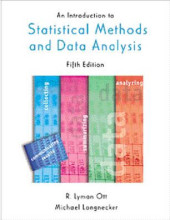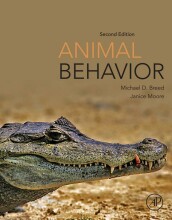Genomes and genomics - Obtaining the sequence of a genome - Traditional WGS
6 important questions on Genomes and genomics - Obtaining the sequence of a genome - Traditional WGS
Collections of short segments of DNA, representing the entire genome.
The short DNA segments in a genomic library have been inserted into one of a number of types of accessory chromosomes (nonessential elements such as plasmids, modified bacterial viruses, or artificial chromosomes) and propagated in microbes, usually bacteria or yeast. What are these accessory chromosomes carrying DNA inserts called?
What does a researcher use to cleave DNA at specific sequences, to cut up purified genomic DNA, to generate a genomic library? Can he control whether the DNA is cut, on average, into longer or shorter pieces?
Yes, some enzymes cut the DNA at many places, whereas others cut it at fewer places
- Higher grades + faster learning
- Never study anything twice
- 100% sure, 100% understanding
The cleaved DNA fragments have short single strands of DNA at both ends. Each fragment is then joined to the DNA molecule of the accessory chromosome, which also has been cut with a ... and which has ends that are complementary to those of the genomic fragments
The pool of recombinant DNA molecules is propagated, typically by introducing the molecules into.... Each cell takes up one recombinant molecule. Then each recombinant molecule is replicated in the normal growth and division of its host so that many identical copies of the inserted fragment are produced for use in analyzing the fragment’s DNA sequence. Because each recombinant molecule is amplified from an individual cell, each cell is a distinct ....
What is the library of clones from the bacterial host called?
The question on the page originate from the summary of the following study material:
- A unique study and practice tool
- Never study anything twice again
- Get the grades you hope for
- 100% sure, 100% understanding
































